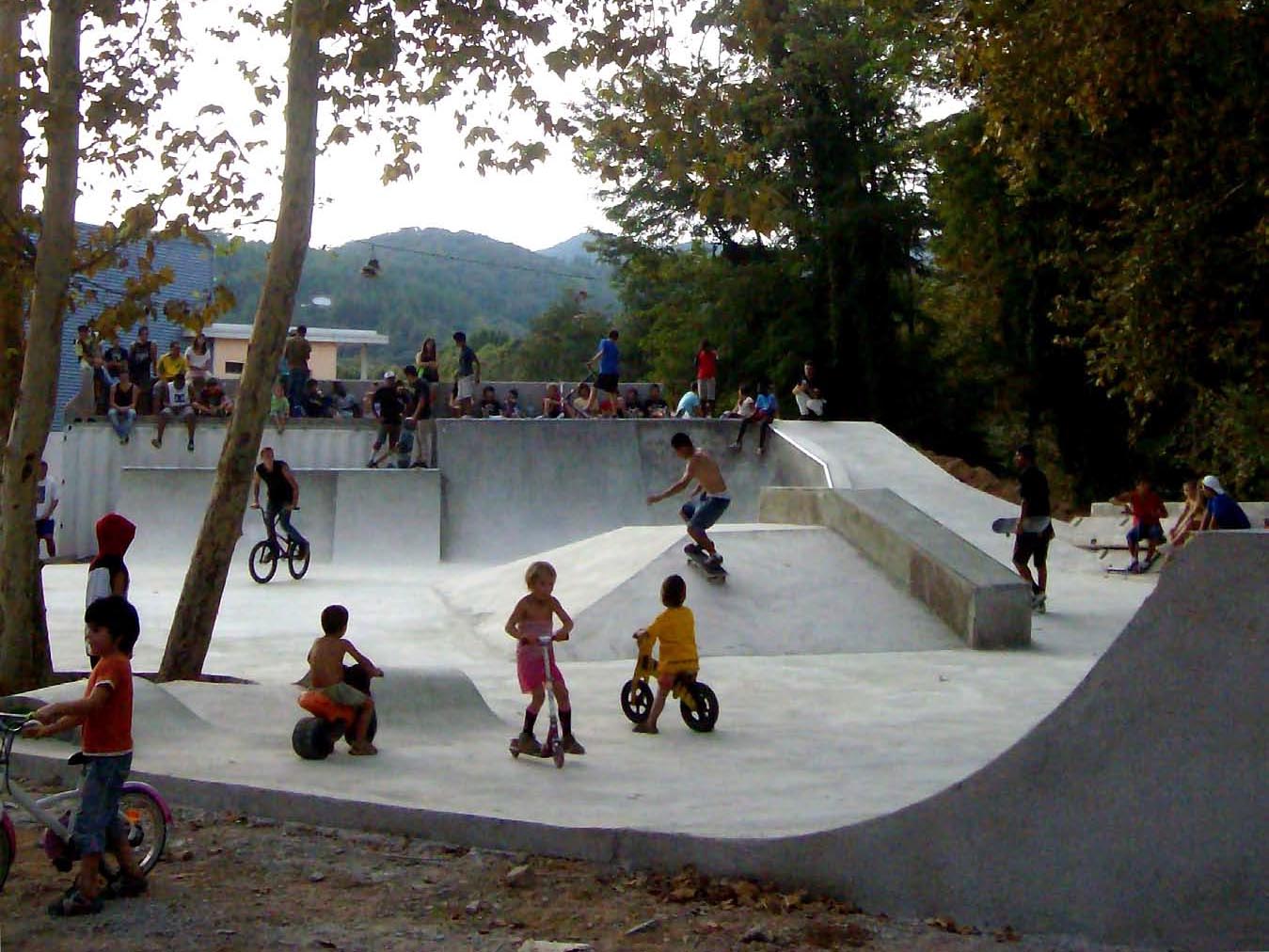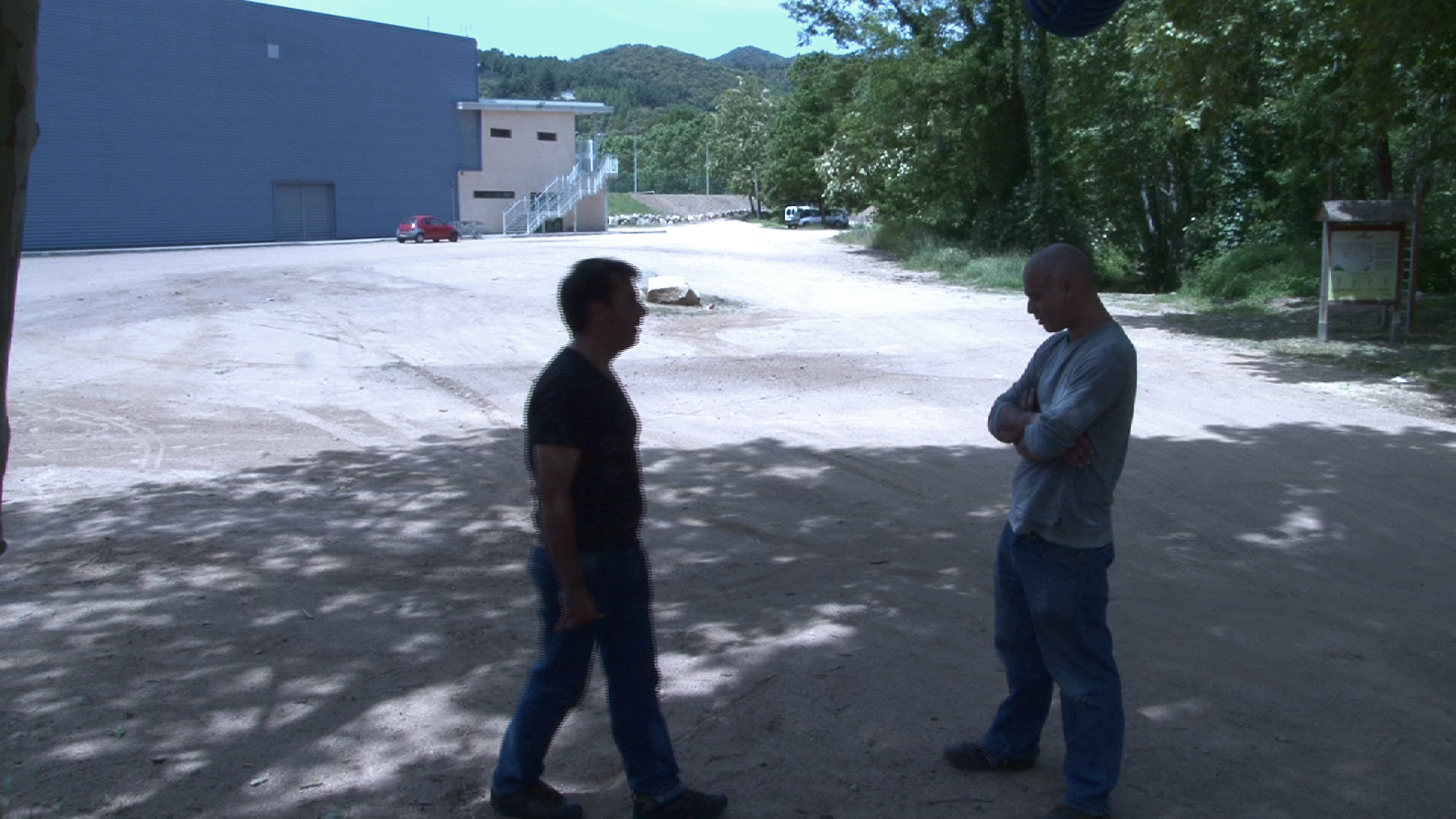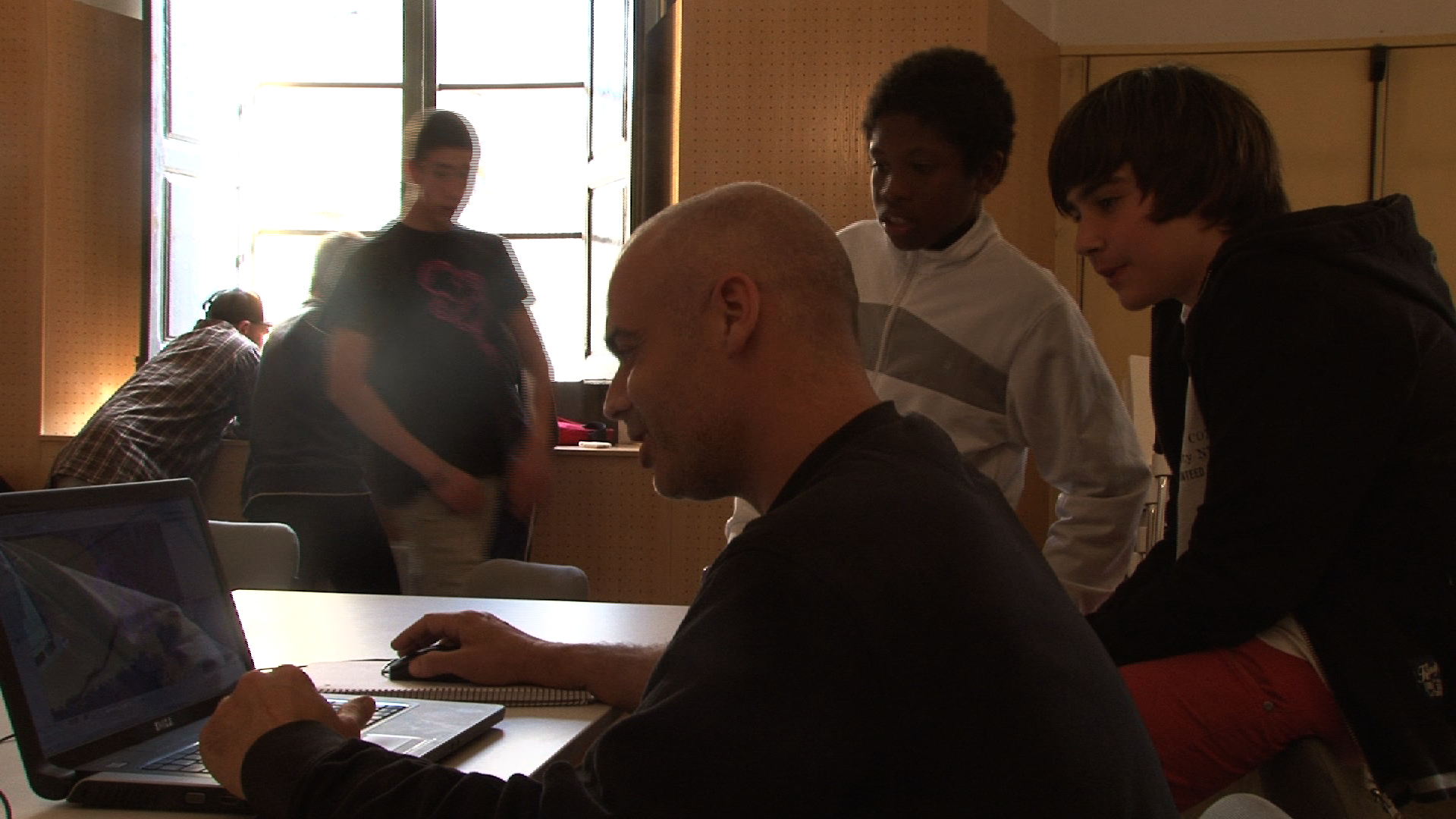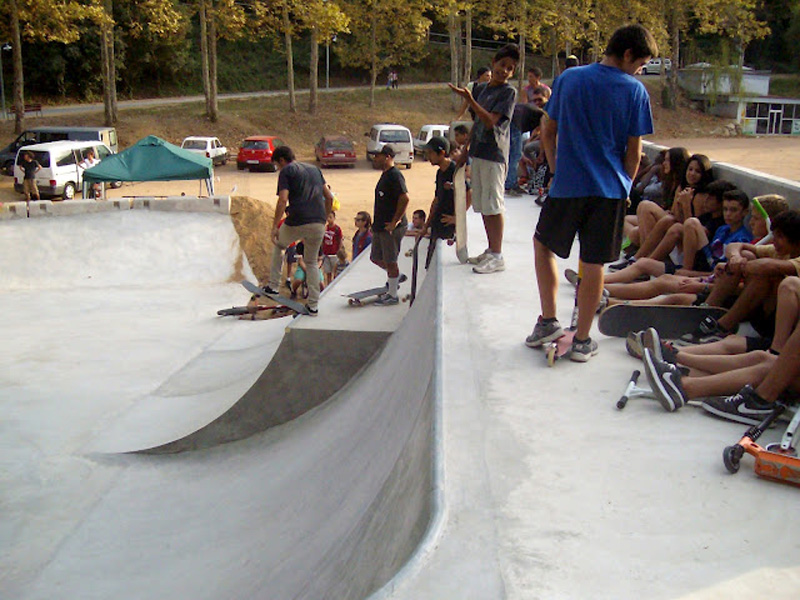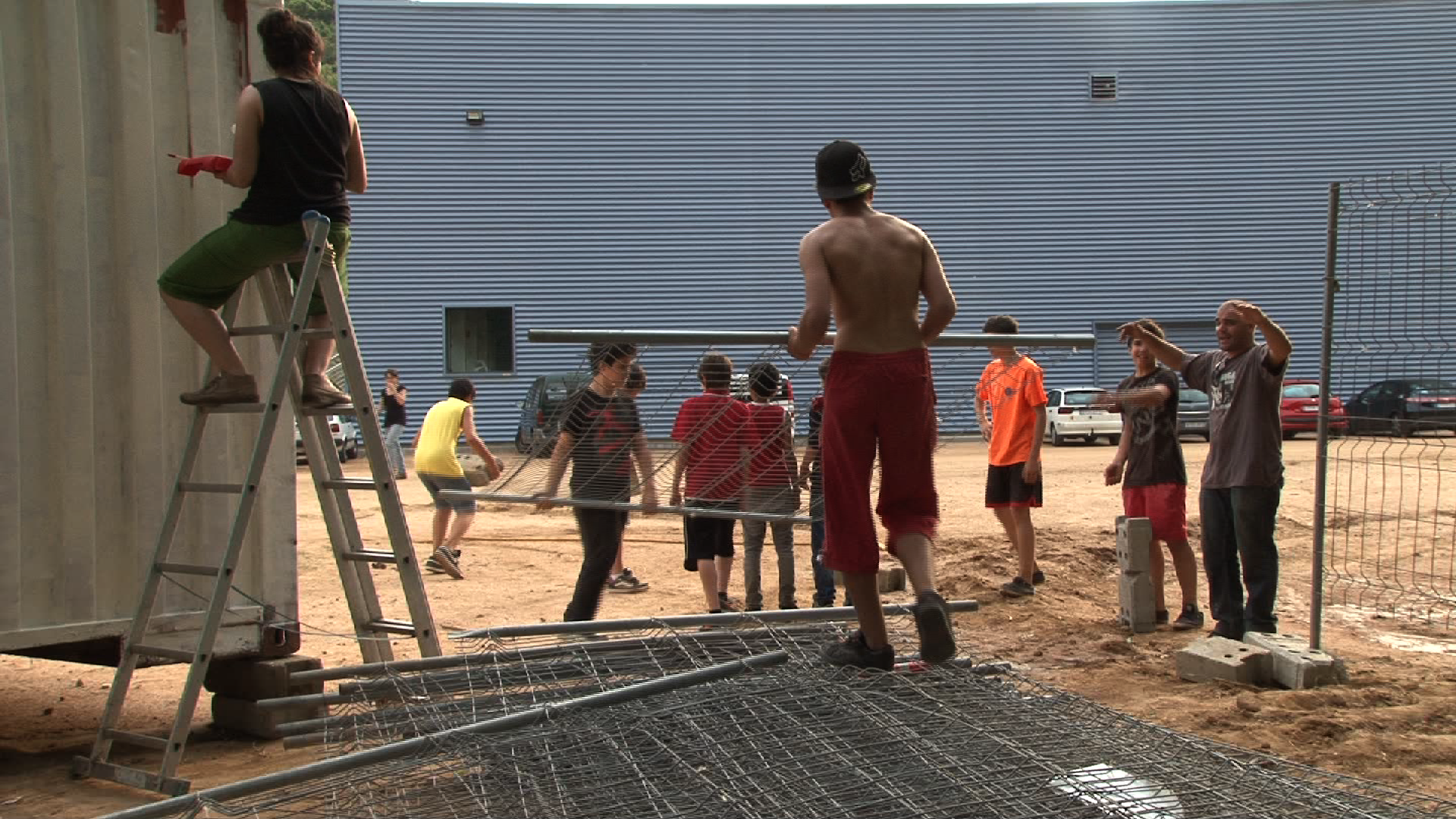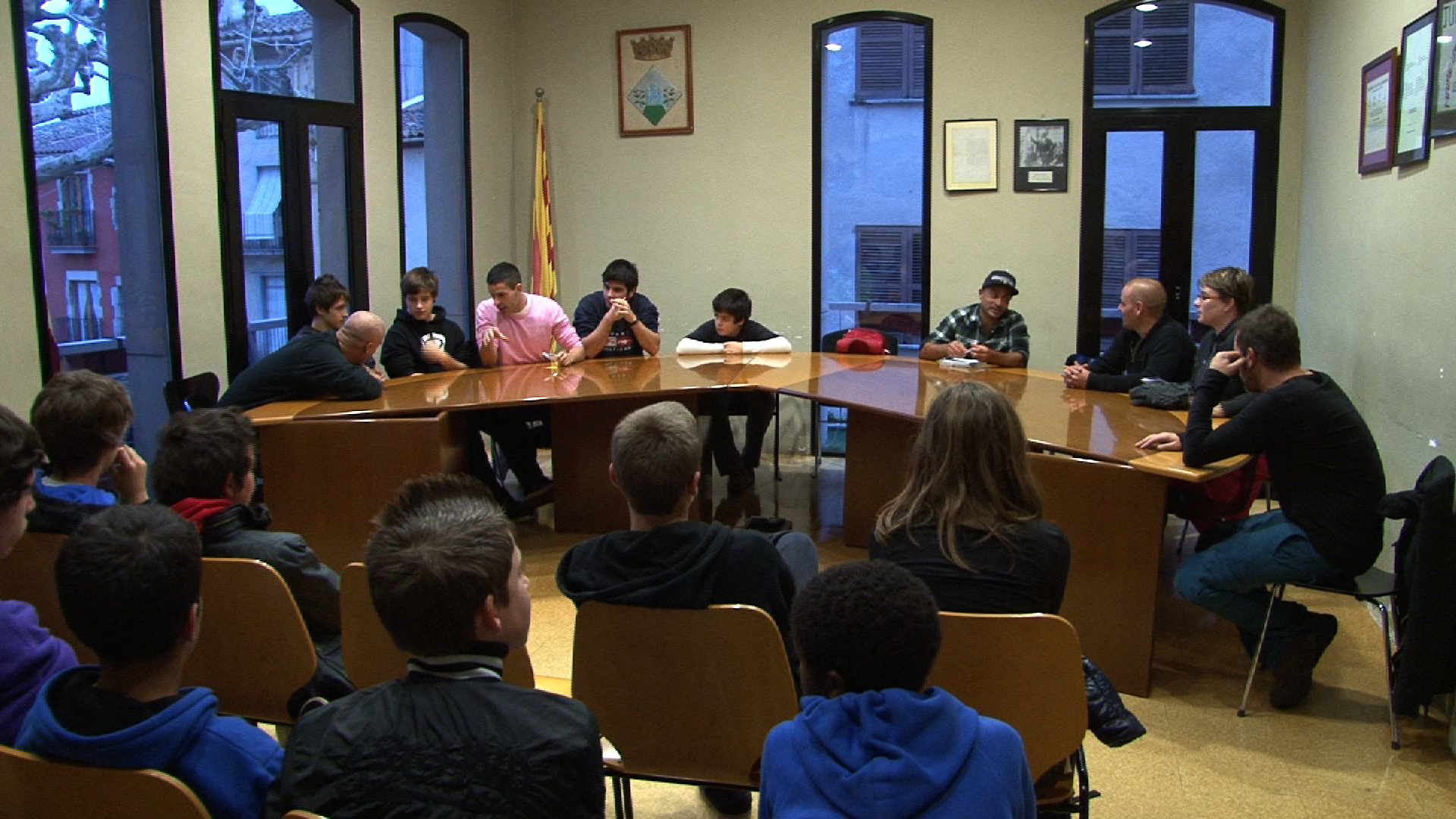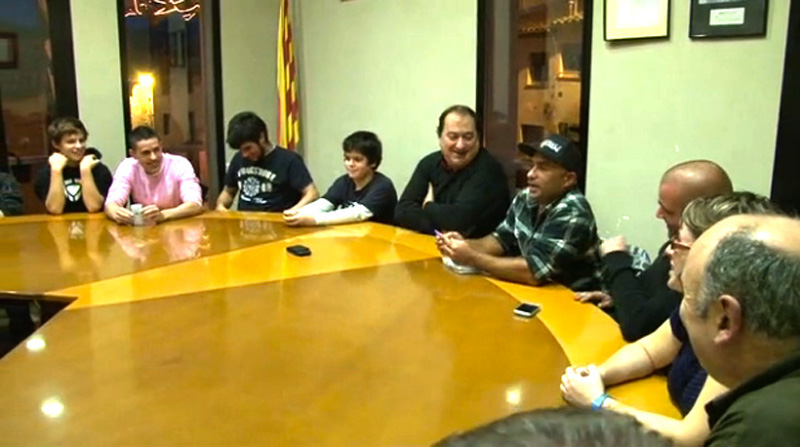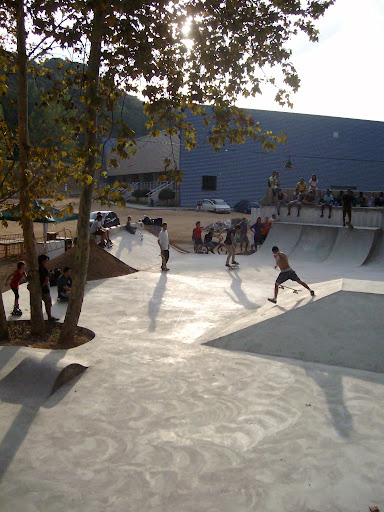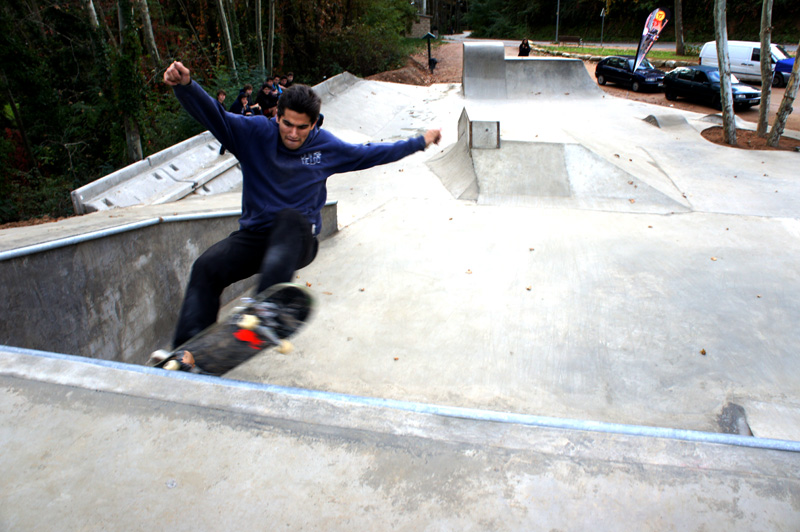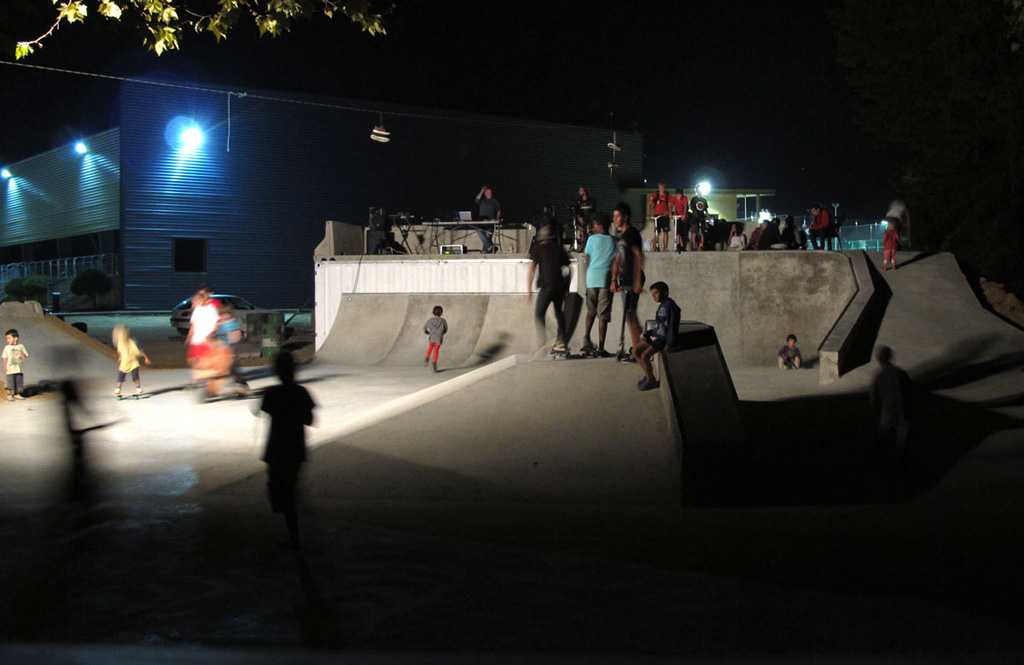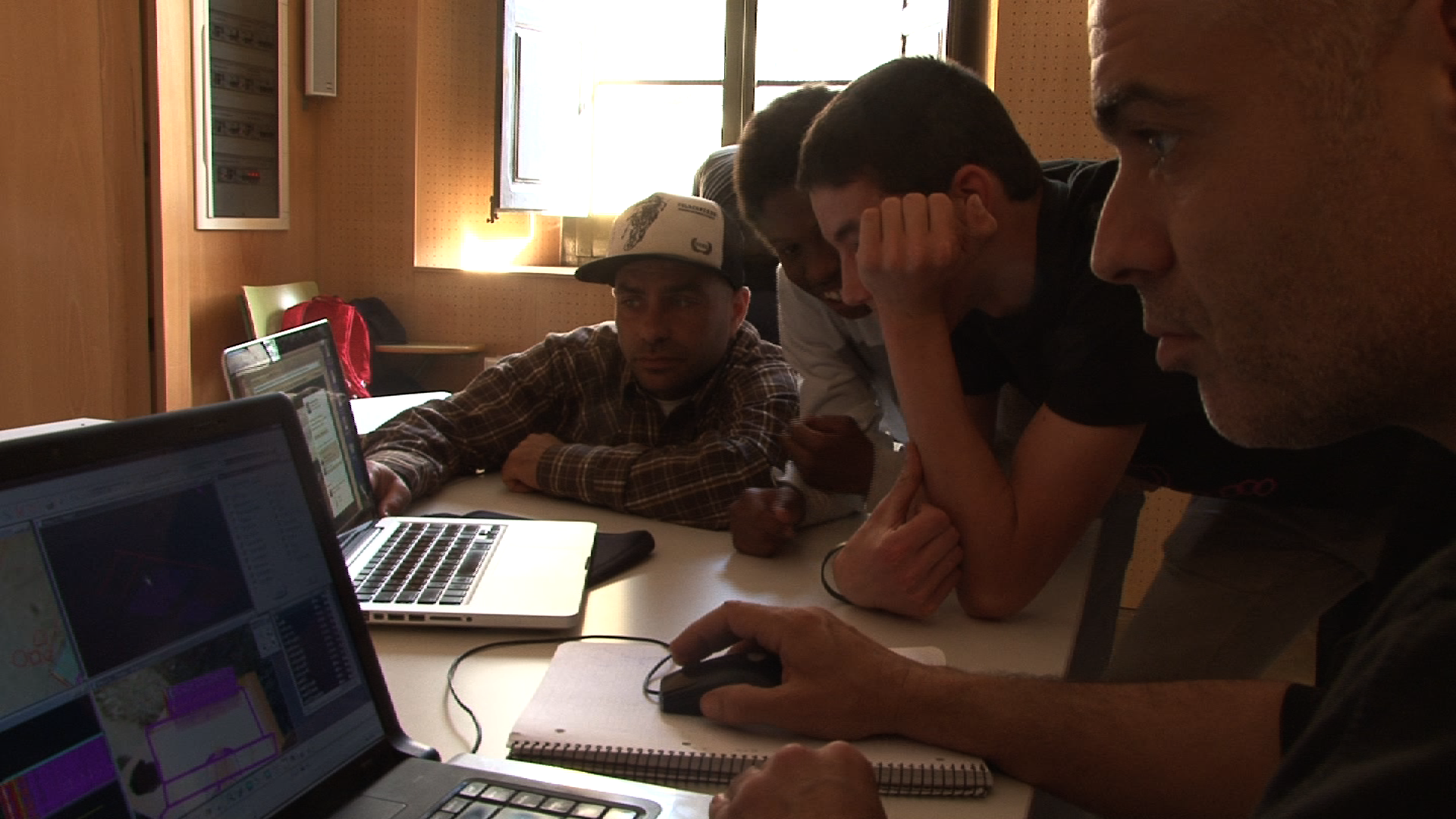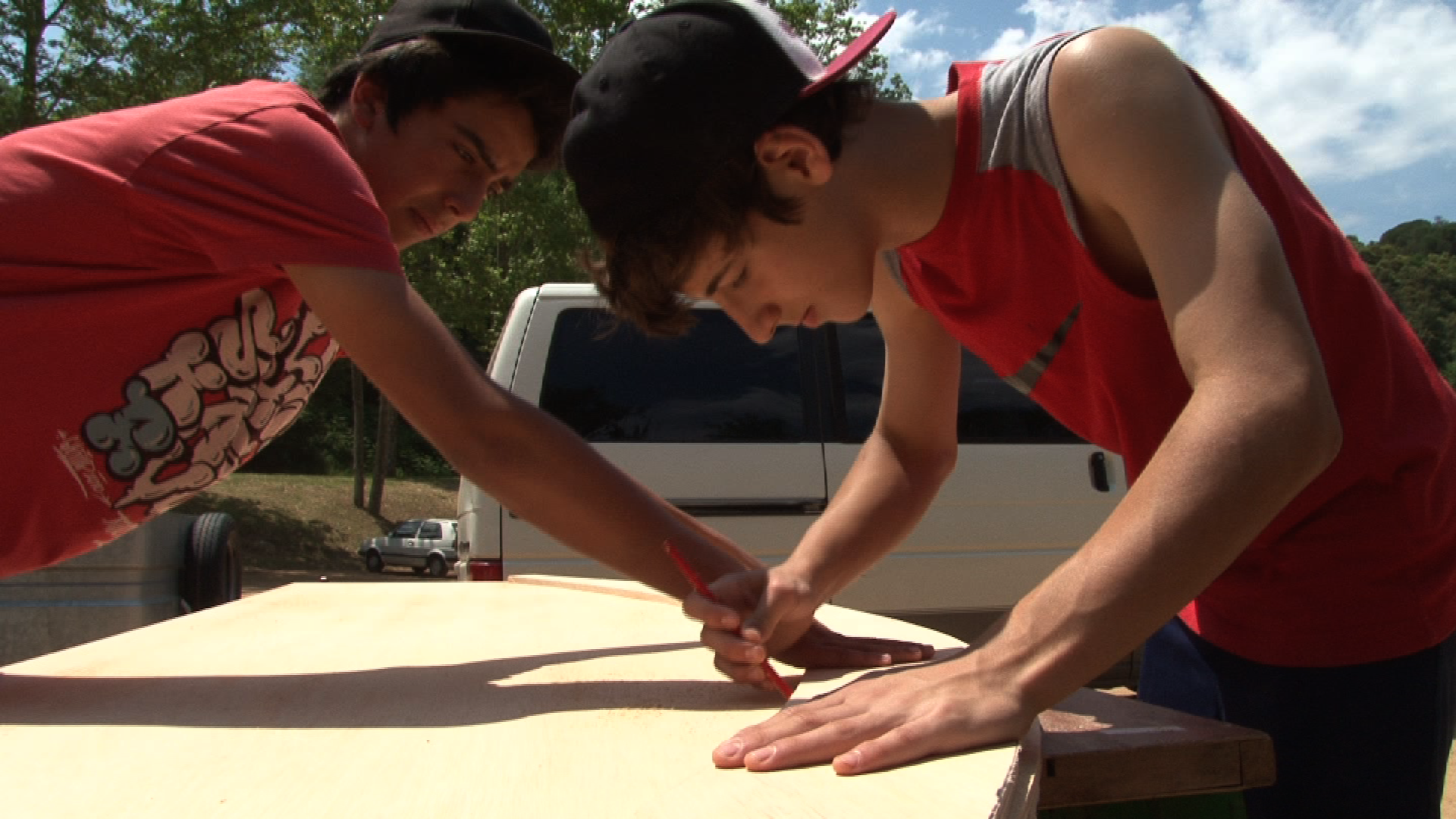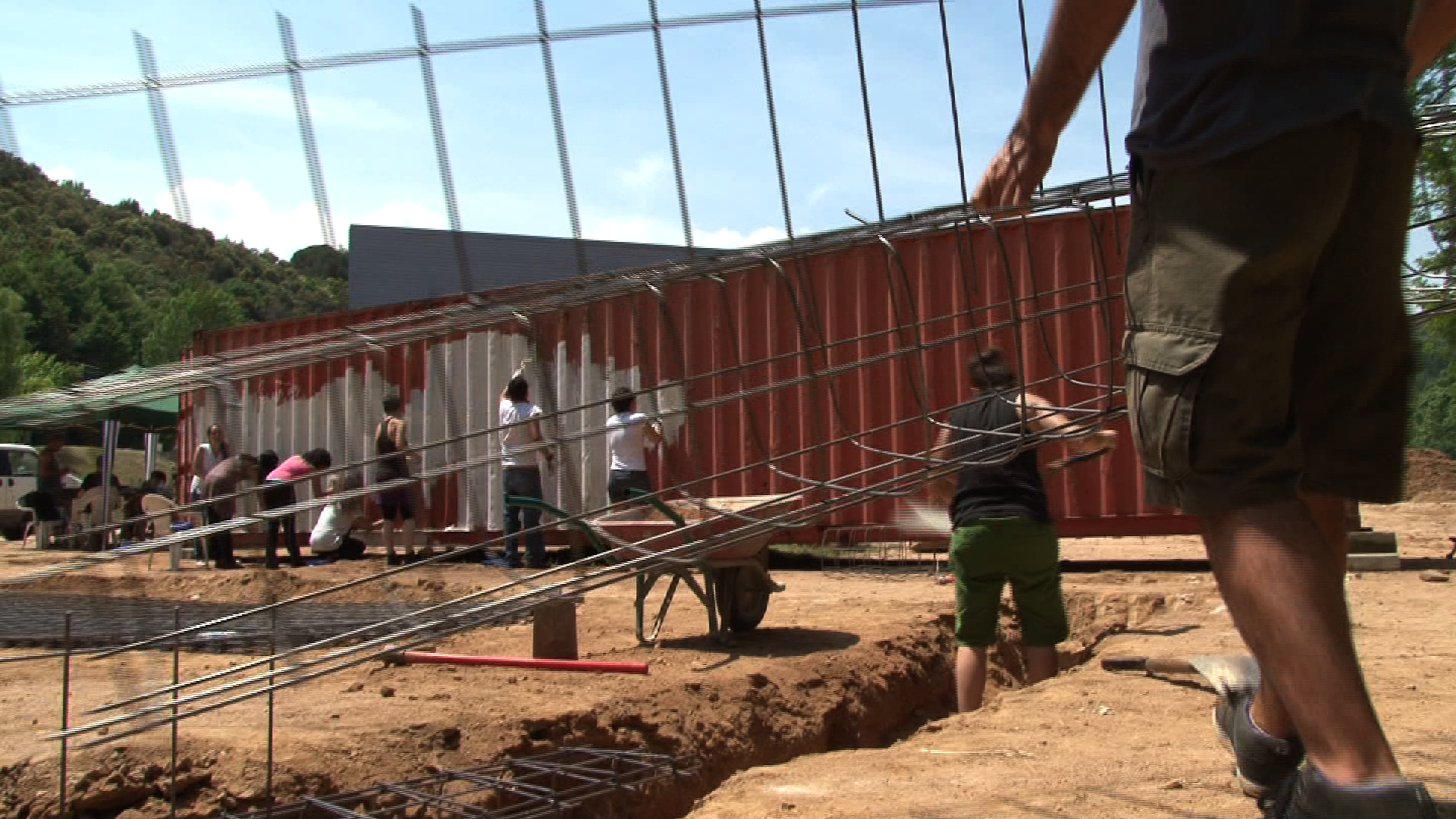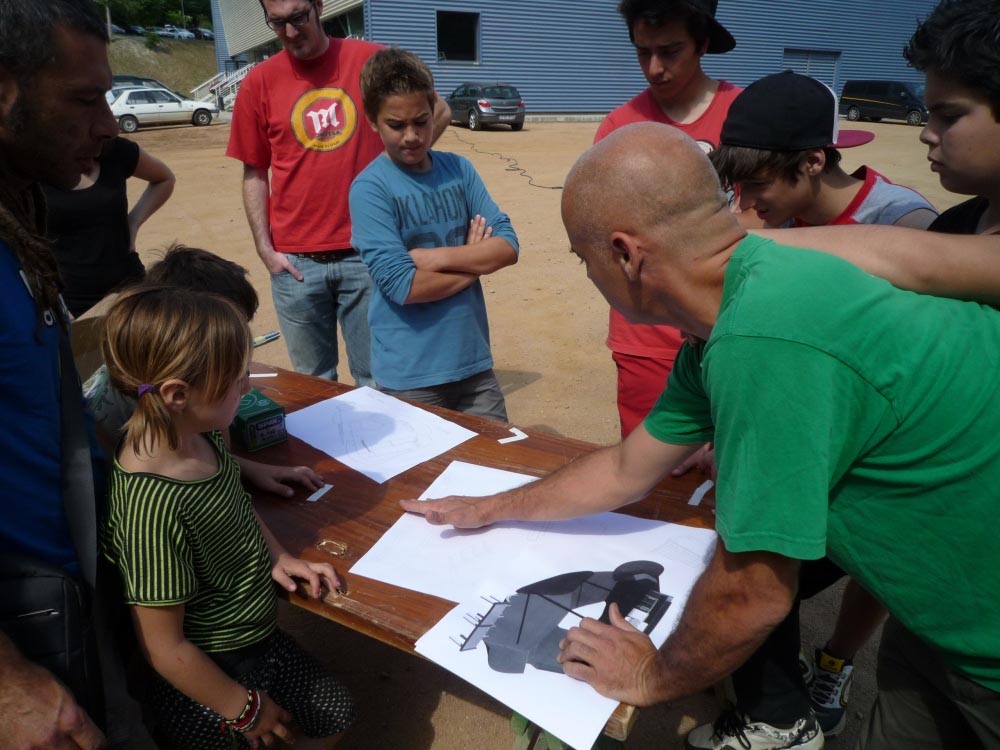Previous state
Although it is located in a markedly natural setting, between the Montseny Massif and the Les Guilleries Range, Arbúcies has quite an active industrial sector, mainly producing vehicle bodywork. With plenty of work in the past three decades, the town’s population expanded with the arrival of people from all over the world, thus creating a diverse, cosmopolitan society and environment. However, the present economic crisis caused a decline in economic activity and, accordingly, a downsizing of factories, the result of which was that many families were soon in a precarious economic situation. Some opted to return to their countries of origin but the majority remained in Arbúcies, where their children had settled in.The fact that the young people had put down roots in the town was manifest in the spring of 2011 when a group of children and adolescents aged between eleven and eighteen came together to demand a specific place for skateboarding. Indeed, the town, where most of the paving is in the traditional, bumpy cobblestone style, did not offer many areas suitable for skateboarders. One of the few spaces with a good skating surface was the hospital car park, not far from the school, but the young people were fed up with being expelled from there. Hence, they decided that they needed their own skatepark and found the perfect site. This was in Can Pons, a recently built-up area on the outskirts of the town with a new zone of sports facilities.
Aim of the intervention
During the municipal election campaign, the young people approached some of the candidates and public officeholders to ask for a skatepark. They also spoke with a group of architects with experience in advising participative processes. It became clear that the project was an opportunity to combine technical expertise with the users’ experience, a transversal and inclusive approach to public space which turned out to be particularly apt in times of crisis and uncertainty.In a series of meetings attended by the young people, their advisers and the relevant municipal officeholders, Can Pons was confirmed as the most suitable site. The young people were also recognised as the legitimate leaders and initiators of the project, and it was agreed to give it official support in an undertaking that would explore the possibilities of collaborative design, recycling-based construction by users, and shared self-management of the resulting space. The town council allocated more than thirty thousand euros to be used for constructing the skatepark, to which was added the incalculable value of voluntary work, recycled materials and help from the municipal services. The Consejo Superior de Deportes (Sports Council, a Spanish Government organisation) also contributed €7,500, and a non-profit-making artists group Idensitat joined in the project.
Description
From the outset, the young instigators of the endeavour were determined that the skatepark they wanted, now named “sk8+U”, would be nothing less than first-rate. According to their exigent criteria, this meant it had to be made with concrete. Despite the modest budget, the amateur status of the workers and the initial reservations of the council, which suggested cheaper, lighter materials, the skateboarders won the day. In order to acquire the knowledge and skills they needed to cement the complex surfaces required by a skatepark, they organised woodworking courses so they could construct the framework themselves. They also attended workshops where they learned to prepare the cement, pour it and reinforce it with recycled material.The skatepark was therefore built by its future users. Trapezoidal in shape, it is surrounded by ramps, while a tilted pyramid is the main feature of the centre area. The cement surface respects the pre-existing trees and the edges blend in with the surrounding topography by means of grassy mounds. Some “New Jersey” barriers, of the type used to delimit sections of roadwork, were tipped over and installed to make seating round the edges. The skatepark remains very much alive after sunset thanks to two lampposts ceded by the Picasso Museum of Barcelona. The installation of a goods container, obtained second-hand at a reasonable price, provides a high platform from which skateboarders can launch themselves down a steep slope. While the park was being constructed, the container gave the young construction workers a shed to store their tools and a place to hold their assemblies. Once the work was done it became a meeting place where self-management of the park is strengthened
Assessment
The “sk8+U” skatepark was officially opened in the autumn of 2012, although it had been spontaneously and intensively used for some weeks beforehand. In fact, from the moment when they began the participative endeavour which taught them the benefits of working together for a common cause, even when it was still only an anonymous patch of land, the space catalysed a strong sense of belonging among the young people of Arbúcies. Now, freely and democratically, they take responsibility for a shared space that is very highly rated among skateboarders and onlookers. Proof of this was the surprise visit of an internationally famous skateboarder and the interest shown by other municipalities which hope to undertake similar projects.David Bravo │ Translation by Julie Wark
[Last update: 18/06/2018]


